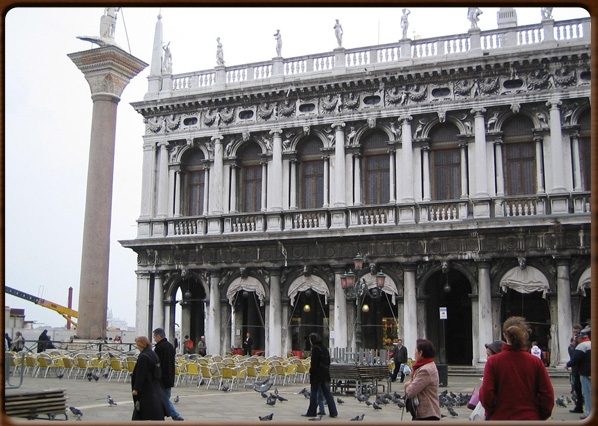
Entry to the museum in the Libreria Sansoviniana.

Slaves whotreading the grapes. Greek marble tile of the second century AD.


No video
The National Archaeological Museum of Venice in St. Mark’s Square contains an important collection of ancient sculptures, including some major original Greek pieces, plus bronzes, ceramics, gems and ivory, coins and a collection of ancient archaeological finds from Egypt, Assyria and Babylonia.
The museum has a strong ‘collection’ feel to it, as most of the exhibits were collected by distinguished Venetian families from the 16th Century onwards. In fact, the museum started thanks to a legacy: Cardinal Domenico Grimani donated his collection of antiques to the Serenissima on his deathbed in 1523.
Then, in 1586, Giovanni Grimani left the State an important collection of ancient marble items, on the provision that they should be housed in a suitable building: the Antechamber of the Libreria Sansoviniana was the immediately obvious choice at the end of the 1500s, though the collection was later moved to the "Procuratie Nuove", two centuries later.
The current reorganization of the museum took place in the 1920s, when all the statues were arranged in 12 rooms, divided by period, artistic movement and subject in order to create an overview of Classical Greek and Roman sculpture.
1500 - S. MARCO - rev. 0.1.6